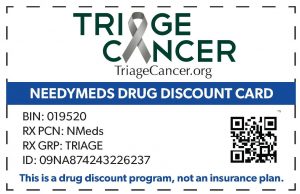Prescription Drug Cost Example:
Noah’s Plan: deductible = $1,000; co-payment = $50; co-insurance = 70/30; OOP maximum = $1,500 If Noah has a prescription for a drug that costs $10,000, how much does he pay?
- His co-pay of $50: $10,000 – $50 = $9,950 left
- His remaining deductible of $950: $9,950 – $950 = $9,000 left
- His co-insurance amount of 30%: 30% of $9,000, which equals $2,700
But his out-of-pocket maximum is only $1,500. So, after paying the $50 co-payment and the remaining $950 of the deductible, he has paid $1,000 out-of-pocket and only needs to pay another $500 of the $2,700 coinsurance amount, to reach his $1,500 out-of-pocket maximum. His plan will pick up the rest of the costs.
- What does Noah pay next month for his prescription? $0




